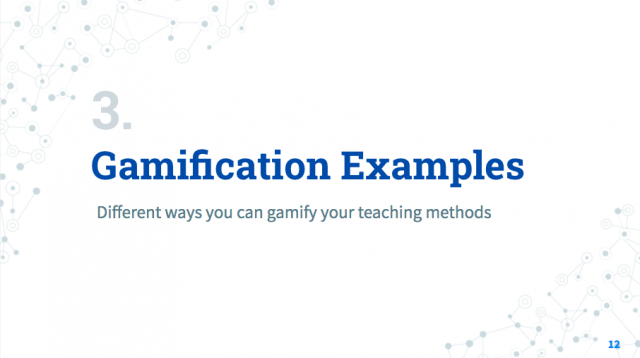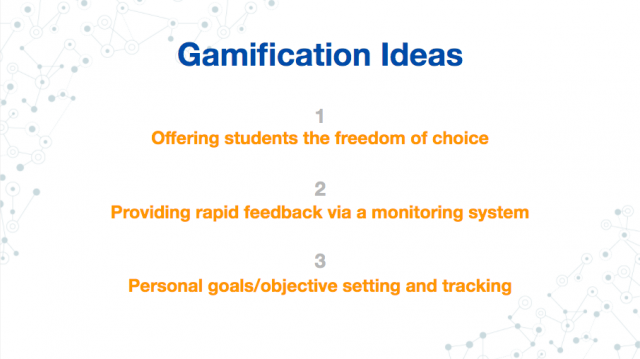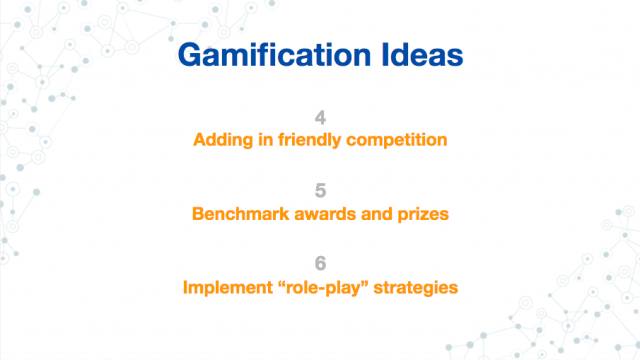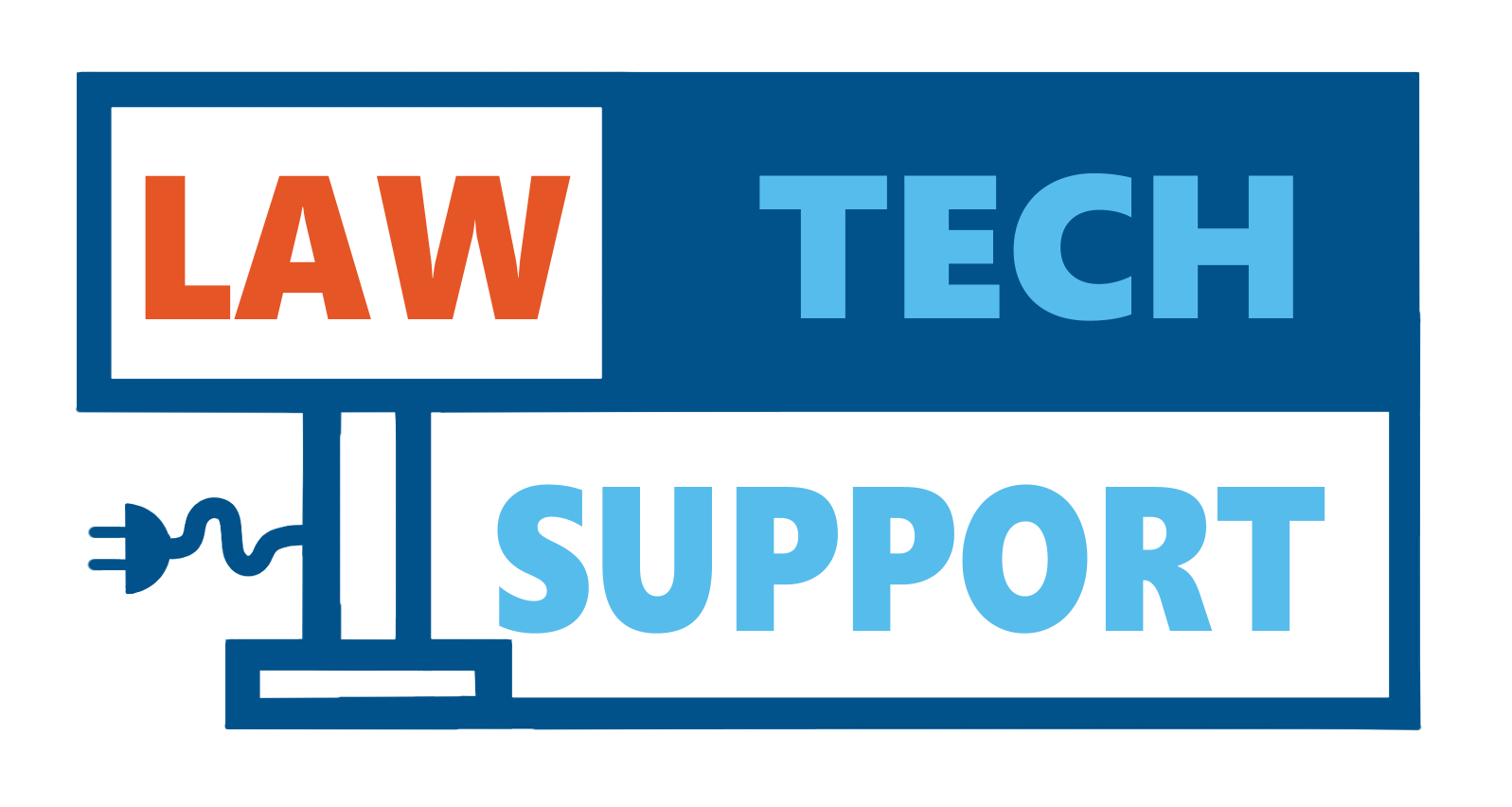The goal of this presentation is to discuss gamifying education for faculty use in hopes of utilizing efficient pedagogy to make learning more engaging for their students.
In this presentation, we cover:

In this blog post, we will take a deep dive into the educational techniques of gamification, touching on points such as the general overview of gamification and how to implement gamified elements in the classroom. According to EducationDrive, a recent report showed nearly half of GenZ, the incoming generation of higher education, prefer to learn through gameful approaches.
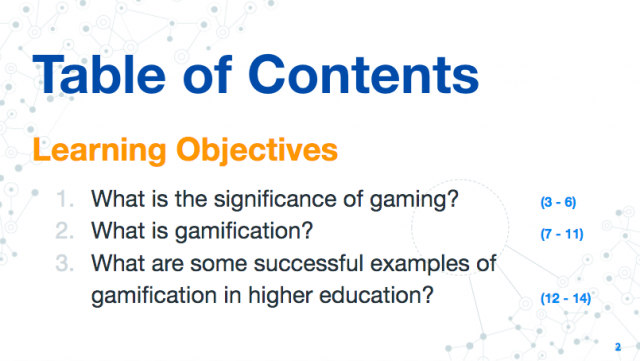
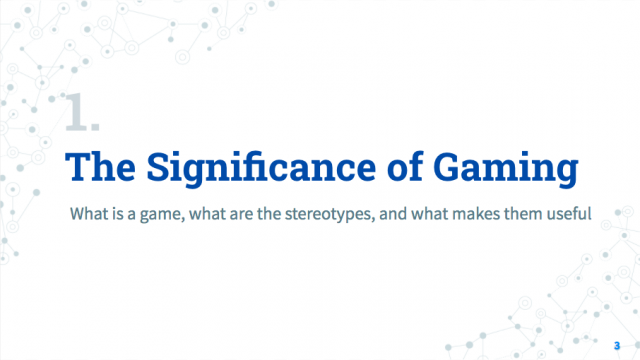
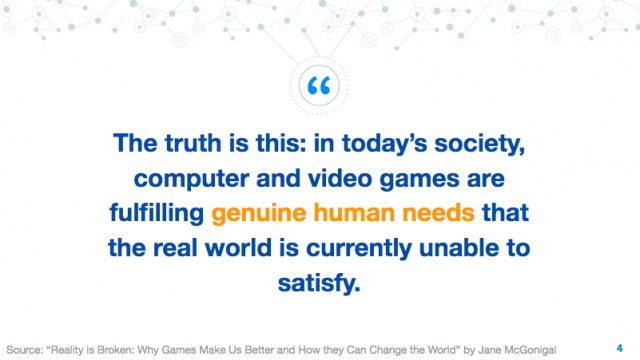
According to game designer, author, and TedTalk speaker Jane McGonigal, gaming is the “most important medium of the twenty-first century.”
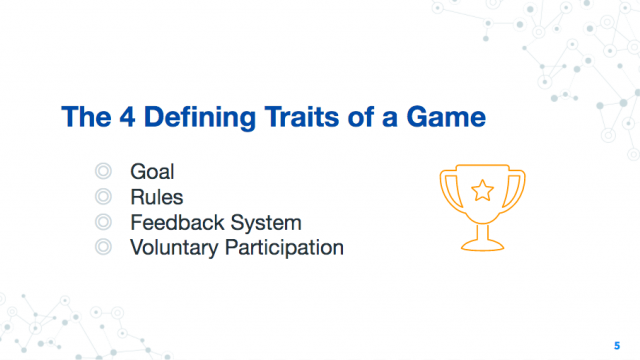
Overall, there are four main defining characteristics of a game:
The goal is a specific outcome that players will work to achieve. The goal of the game not only orients the player’s participation throughout the whole duration of playing, but it also provides the player with a sense of purpose.
Rules are sets of limitations, mainly used to foster creative and strategic thinking.
A feedback system is a motivating factor that allows the player to know how close they are to achieving the goal, as well as acts as a constant reminder that the goal is in fact achievable.
The final trait is voluntary participation, meaning that the player willingly accepts the goals, rules and feedback.
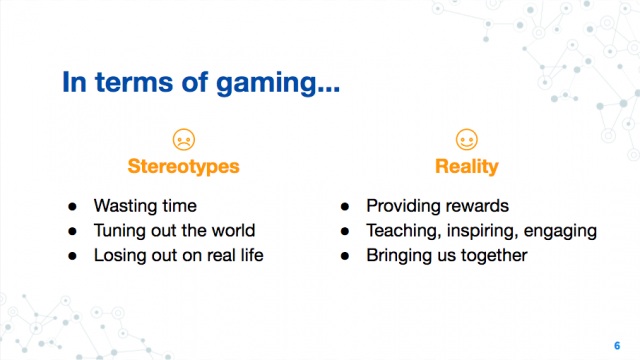
Gaming has always come with a stigma, but in proper moderation, gaming is structured to provide happiness and a positive reward system. The known secrets to making our own happiness, according to McGonigal, are satisfying work, hope of success, social connection and a sense of meaning.
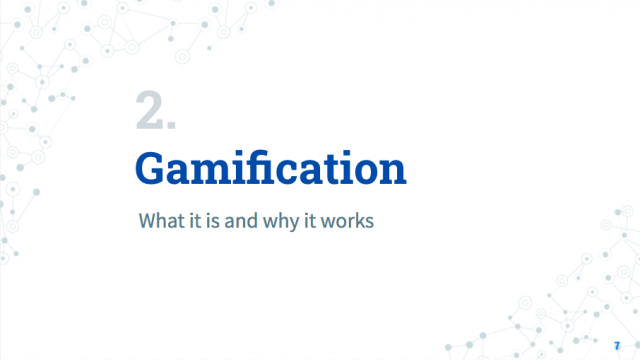
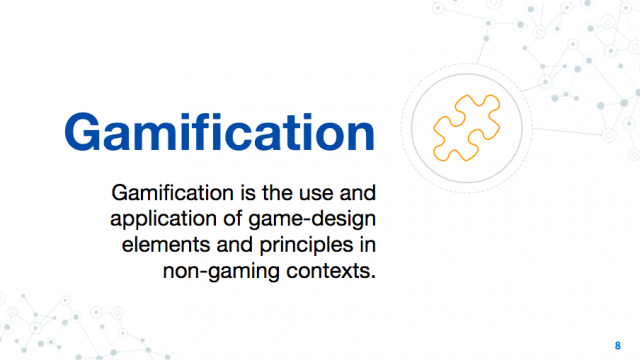
In addition to a higher level of engagement and retention, gamification also provides an encouraging learning environment in which students may take risks and think creatively without simply searching for the “correct answer” or aiming for a higher grade. Placing educational materials in the context of a “game” may mitigate any discouragement of failure or poor habits in shortcutting the learning process.
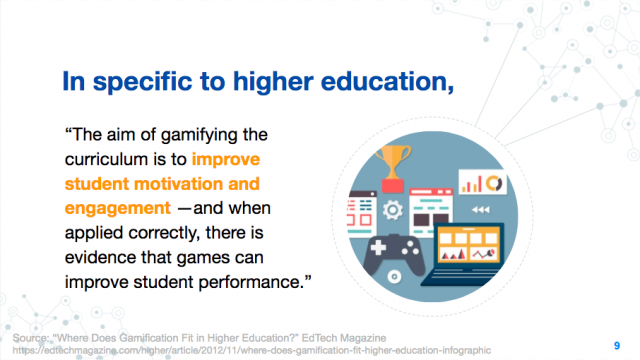
Gamification may be useful in higher education in mix with a myriad of pedagogic approaches. Game elements show to benefit students in proactive engagement during teaching sessions, with a higher level of motivation and enjoyment. This may assist in creating a more effective teaching method while contributing to the students’ learning outcomes and overall educational experiences.
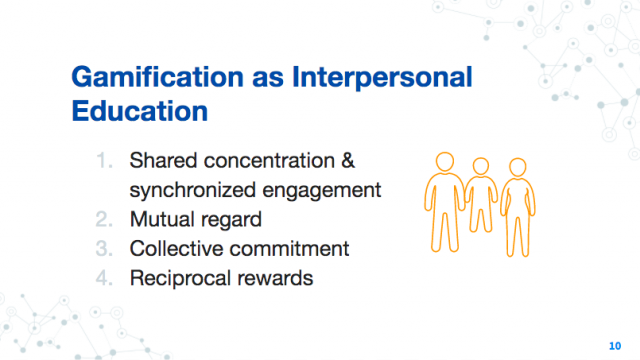
When considering gaming as a collaborative platform, we can look at the beneficial teaching gamified strategies relay on to teams of students. First, there is a shared concentration that allows complete focus on the game and it’s winning objectives. There is a mutual regard between team members that they all should put their best efforts out of respect. This collective commitment then incorporates honor into the action, which is rewarded through either a win or loss. Even in a loss, there is still a sense of fun and hope for a future success.
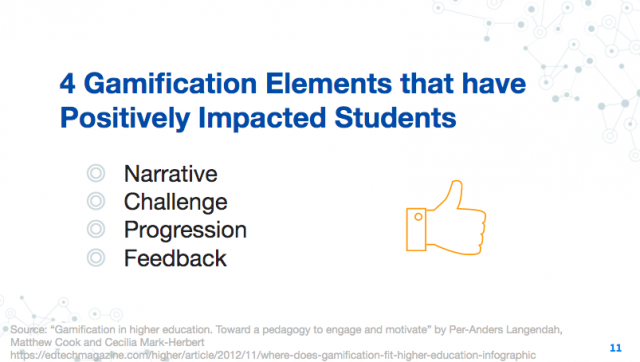
Narrative is the use of stories to engage students in learning, for example, a case study or real-world situation.
Challenge refers to the use of a task that is thought-provoking enough to be difficult, but with a solution that is obtainable enough to be fun.
Progression refers to the flow of tasks or activities that keep consistent engagement and motivation through a learning session.
Feedback is frequent and targeted responses to students’ progressing work that encourages learning.
